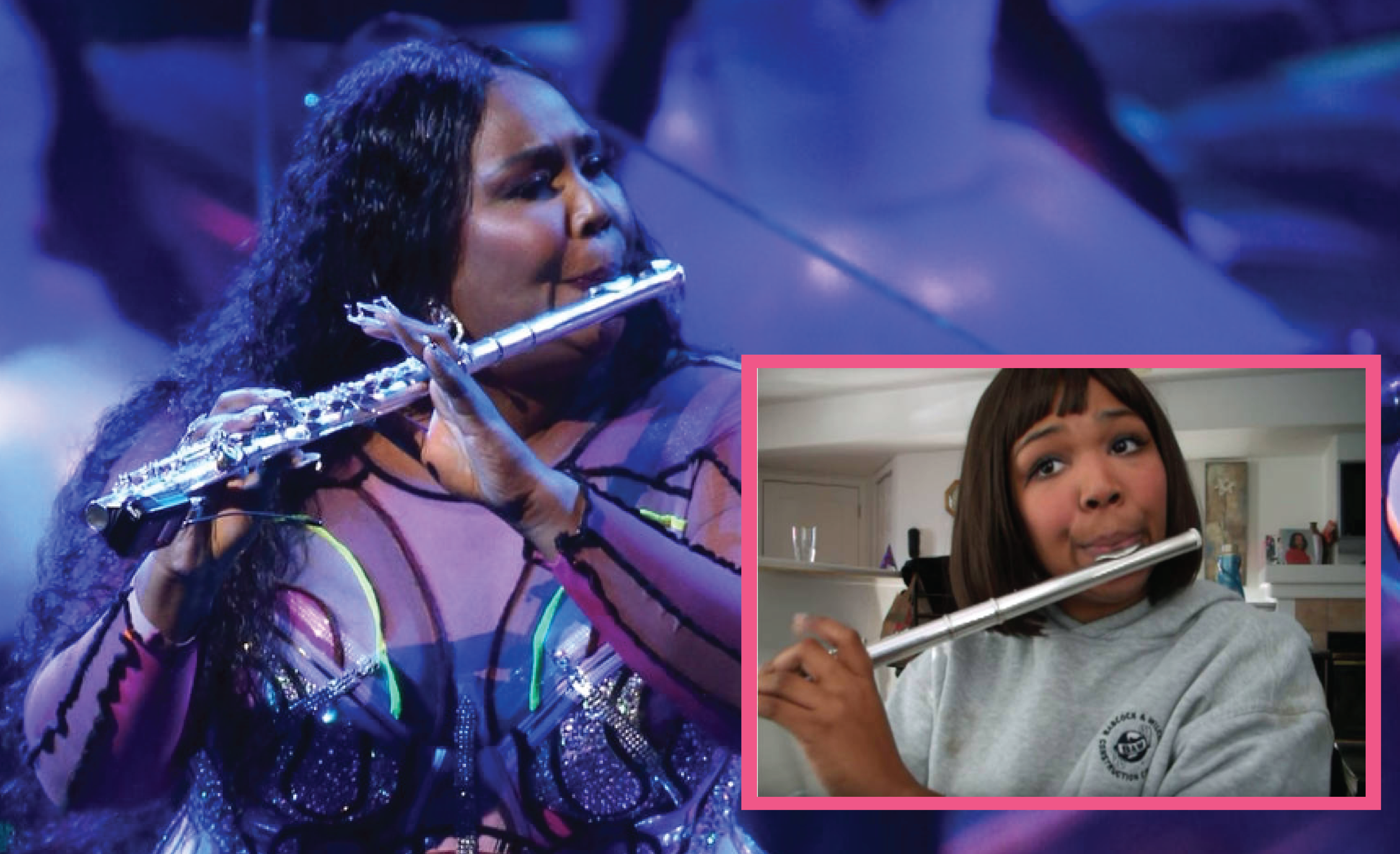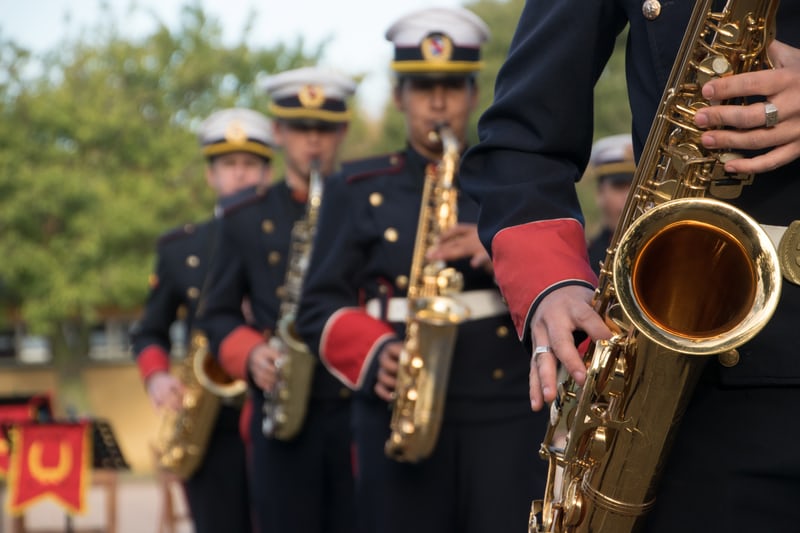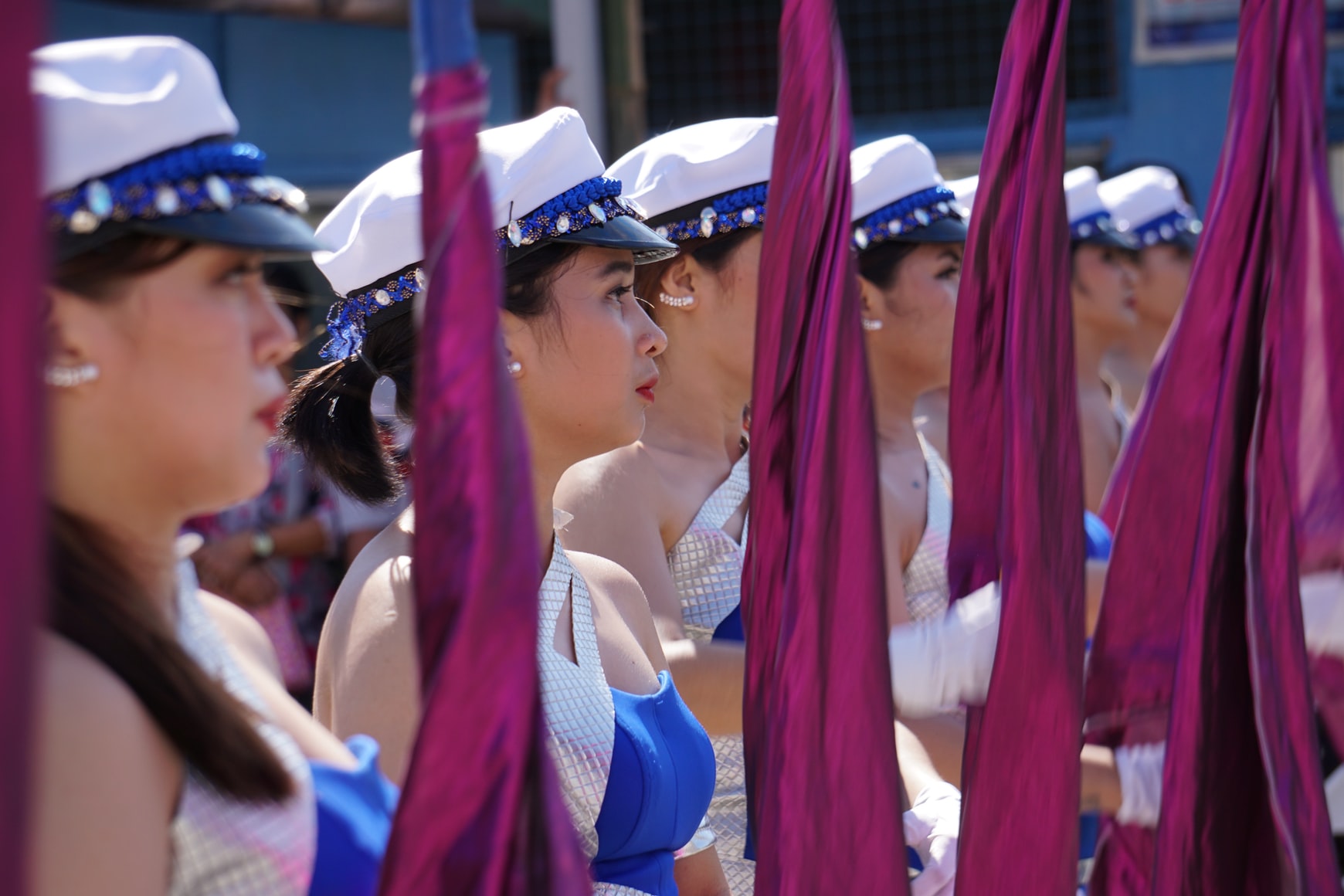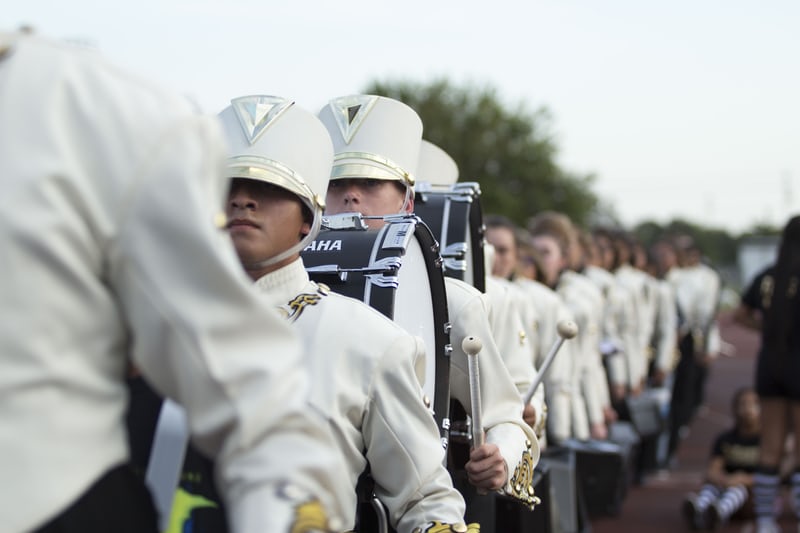A Marching Band’s Defining Trademark
One of the primary ways to describe a marching band’s basic show design is by the style of the band. There are three basic styles of marching bands: Military Style, Corps Style, and Traditional Style. Let’s look at each of these styles:
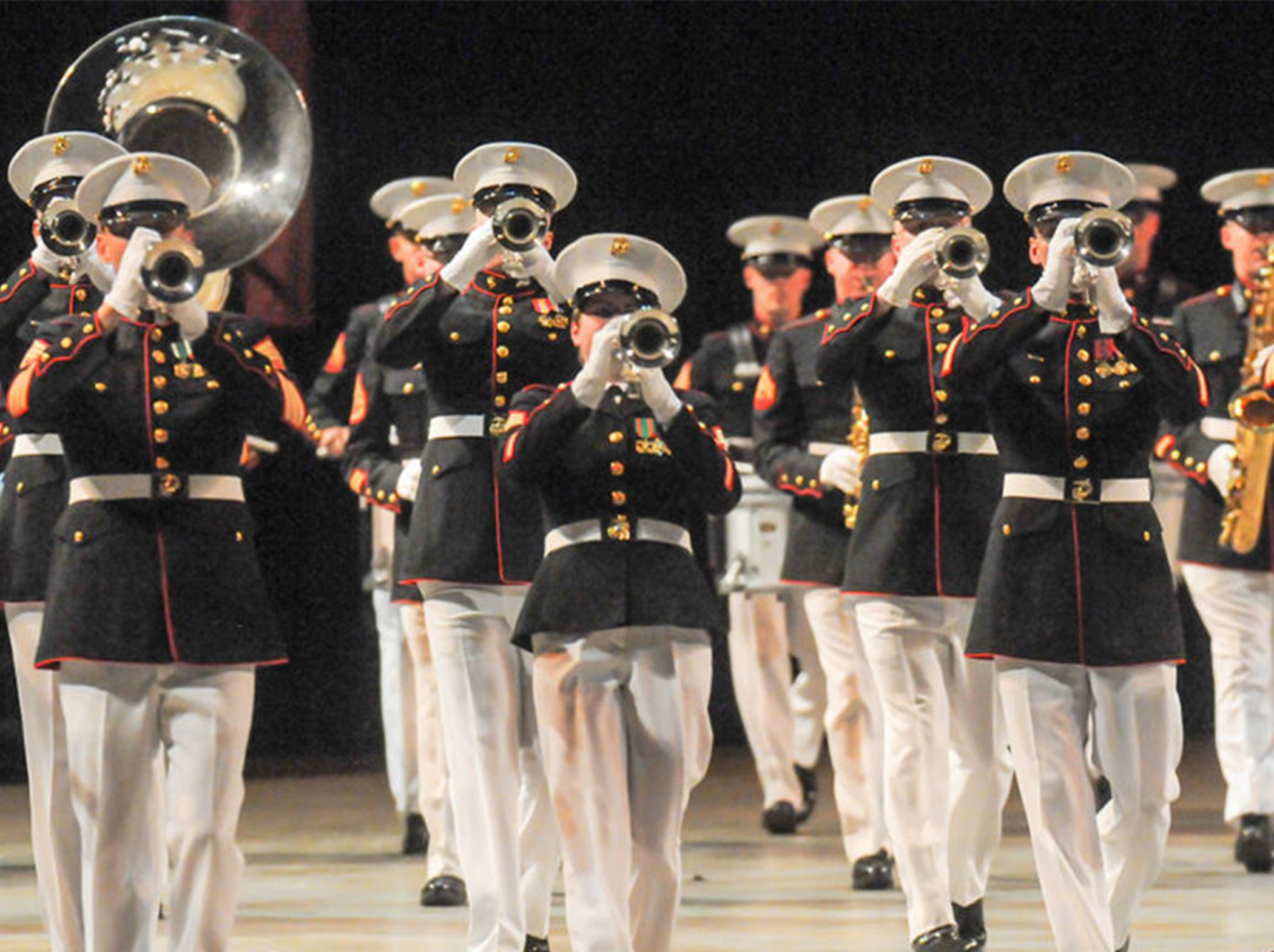
Historically the first style of marching band, the Military Style marching band marches in a forward direction in precise, straight lines. The tempo of the music is usually constant allowing for consistent step size. Instrumentation in military style bands consists of brass, woodwinds, and marching percussion or drumline.
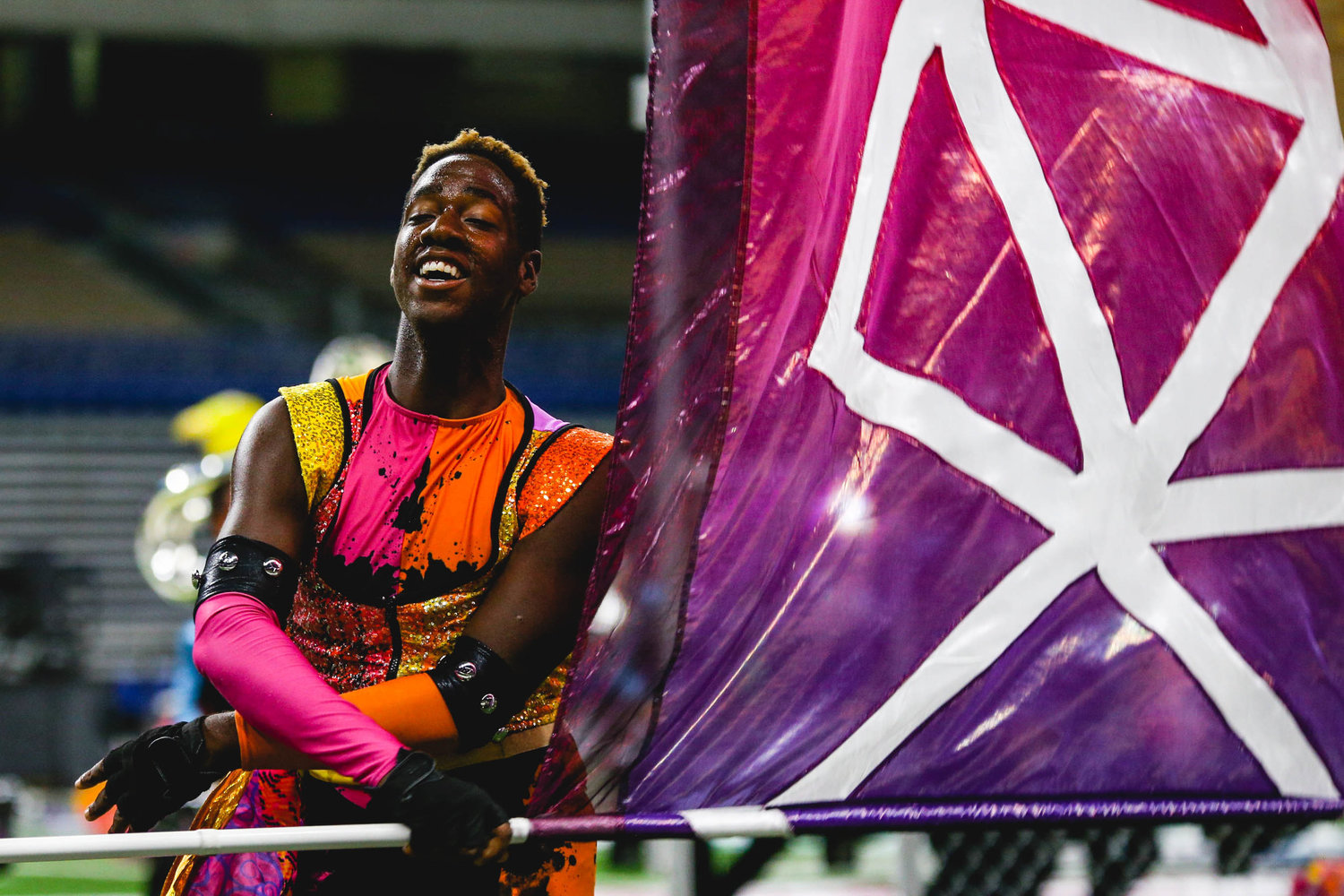
In the 1980s, Corps Style marching bands began using a broader selection of music, with varying tempos and moods. The show design includes forward, backward, and side-to-side movement with constantly changing step size. Along with brass, woodwinds, and marching percussion, the addition of a side-line percussion pit or front ensemble is a popular feature of corps style marching bands. Over the next few years, the use of props and backdrops began to be introduced, adding a theatrical element to the shows. Color guard units include flags, rifles, sabres, and dance in their routines.
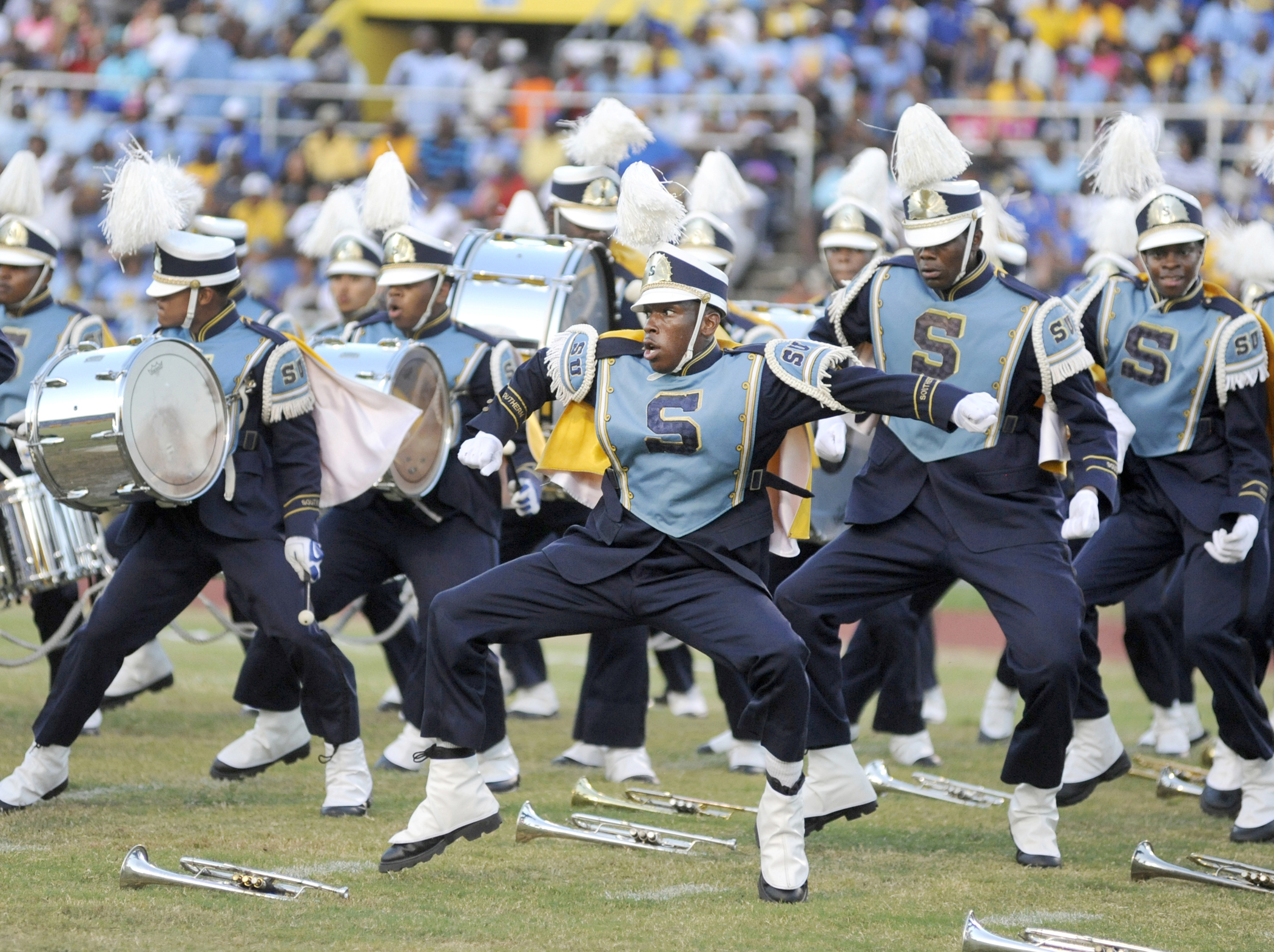
The last style of marching bands is the Traditional Style. Also known as Show Bands, these bands are geared toward crowd entertainment and often perform at sporting events with a routine before the game, at halftime, and sometimes at the end of the game. Competitive show bands typically have one show per season, which is expanded and improved upon for each performance. The shows typically include three to five musical selections often based on rhythm & blues and contemporary popular music. Instead of marking time, band members sometimes include a small dance routine while in formation. Instrumentation includes brass, woodwinds, marching percussion, and sometimes a front ensemble of percussion and keyboards. Color guard, twirlers, and dance teams are also often a part of these bands.
Other types of Show Bands include Carnival Bands, which is a British variant made up of brass and percussion but may or may not include woodwinds. They often perform in parades and parade competitions. Another variation is the Scramble Band or Scatter Band. As the name implies, these bands typically scramble from formation to formation to create the desired designs.
Most of the bands you will see at today’s competition will incorporate the various styles needed to convey the theme, visual impact, and their overall show concept. Now that you know the differences in marching band styles, see if you can identify these styles as the bands perform.
